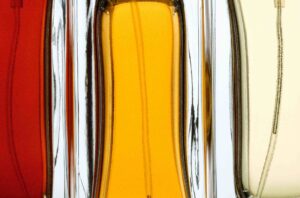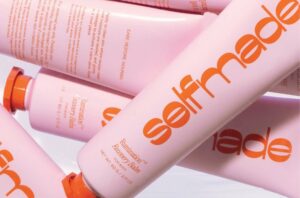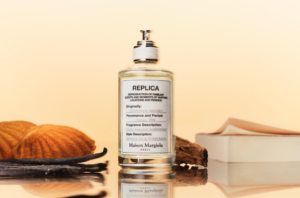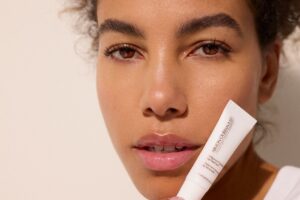Until relatively recently, the limited information available about the different phases of the menstrual cycle and the lack of attention to this topic represented a true cultural deficit that continues to persist today.
We are sure that, even if we just make an approximate estimate, most of you reading this right now were likely educated with a superficial understanding of both the female body in general and the menstrual cycle, due to stigmas and taboos, combined with the lack of information, which have only perpetuated the climate of embarrassment and discrimination surrounding menstruation.
However, these prejudices and labels have prevented many of us from better understanding our bodies and their needs, starting with more important topics like hormonal imbalances, conditions related to them such as PMS or menstrual dysphoria, and even how our skin reacts during each phase.
Everything, however, starts there.
Hormonal changes do not only affect factors like mood, energy, libido, and appetite, but also the health of the skin, which is strongly linked to hormonal balance. Many people, thanks to social media, are aware that acne is generally related to hormonal imbalances of various kinds or that sebum production fluctuates according to these changes, but few dive deeper into how hormones fluctuate during the four phases of the menstrual cycle — menstrual, follicular, ovulatory, and luteal — and how these influence the state of the skin.
During the 28-day cycle, the levels of hormones like estrogen and progesterone oscillate, leading to skin issues like acne at some points and dryness at others. Understanding this can help us prevent and manage our skin problems in the best possible way, equipping ourselves with purifying products when imperfections arise and soothing, nourishing products when we need a little extra care. Additionally, closely monitoring the cycle can promote greater awareness of one’s physical and emotional needs, contributing to overall well-being and allowing us to adapt our lifestyle to the internal changes of our bodies, also encouraging comprehensive and conscious education.
Skincare and Hormonal Phases: Menstrual Phase
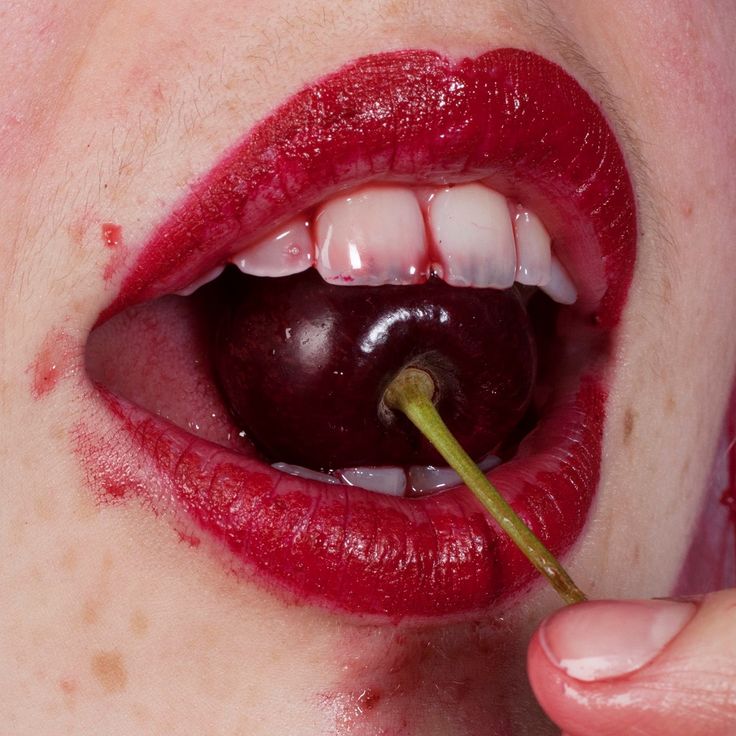
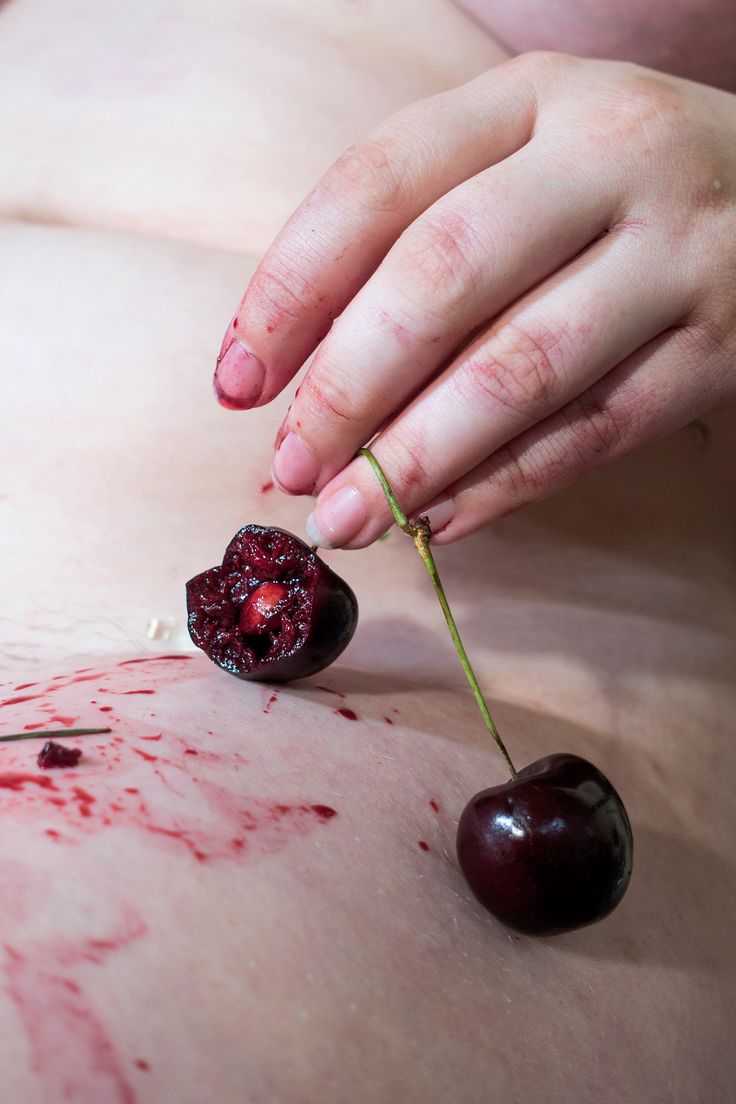
The menstrual phase, often mistakenly referred to as “period,” usually lasts between 3 and 7 days but can vary from person to person. During this period, the levels of hormones like estrogen and progesterone are low, which leads to the shedding of the uterine lining and the start of the menstrual cycle itself. For the skin, this means an increase in dehydration and dryness: the skin becomes very dry, sensitive, and reactive due to hormonal fluctuations, which often also lead to irritation, inflammation, and flakiness.
The best way to take care of it during this time is to incorporate soothing and hydrating products, temporarily avoiding purifying ones or those that might be too harsh. Feel free to use ingredients like Vitamin E, ceramides, hyaluronic acid, peptides, chamomile, tiger grass, and rose — all nourishing and calming actives.
Got pimples? This is also very common during the menstrual phase. Because the skin is in a reactive state, it’s better to avoid using exfoliants all over the face and instead target them specifically on imperfections: for example, gently dab a cotton swab soaked in salicylic acid on the blemish about twice a day, or use spot treatments to leave on overnight. If you need a more general treatment, we recommend using a CBD-based product, which, in addition to helping with acne and imperfections, is also an anti-inflammatory and calming ingredient that will cover both needs during this period.
Recommended by us:
- Taba Skincare, Detox Face Oil with CBD
- Miamo, Dry Spot Anti-Imperfection
- Dr.Jart+, Cicapair Tiger Grass Sleepair Intensive Mask
- Fresh, Rose Instant Hydration Mist
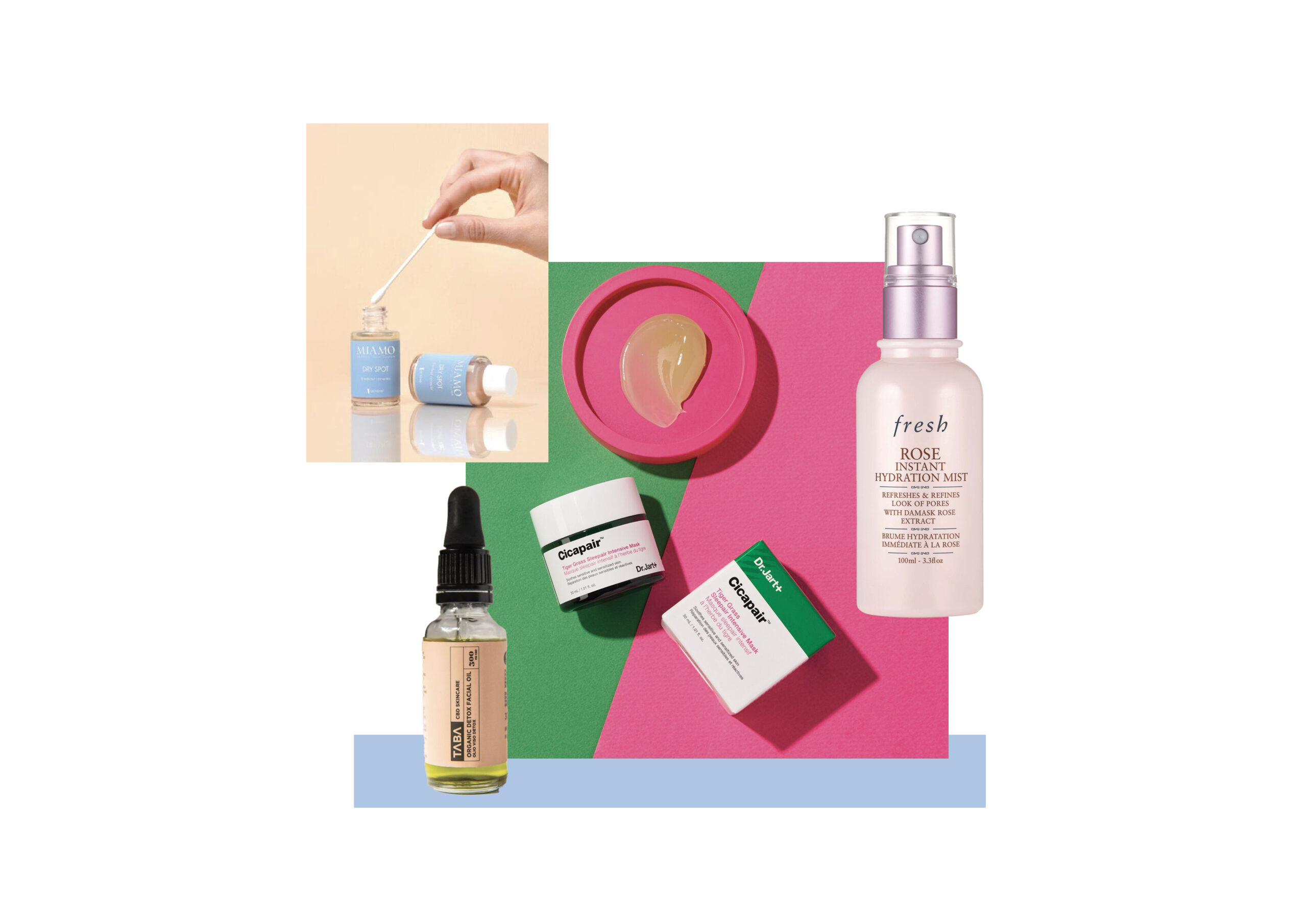
Skincare and Hormonal Phases: Follicular Phase
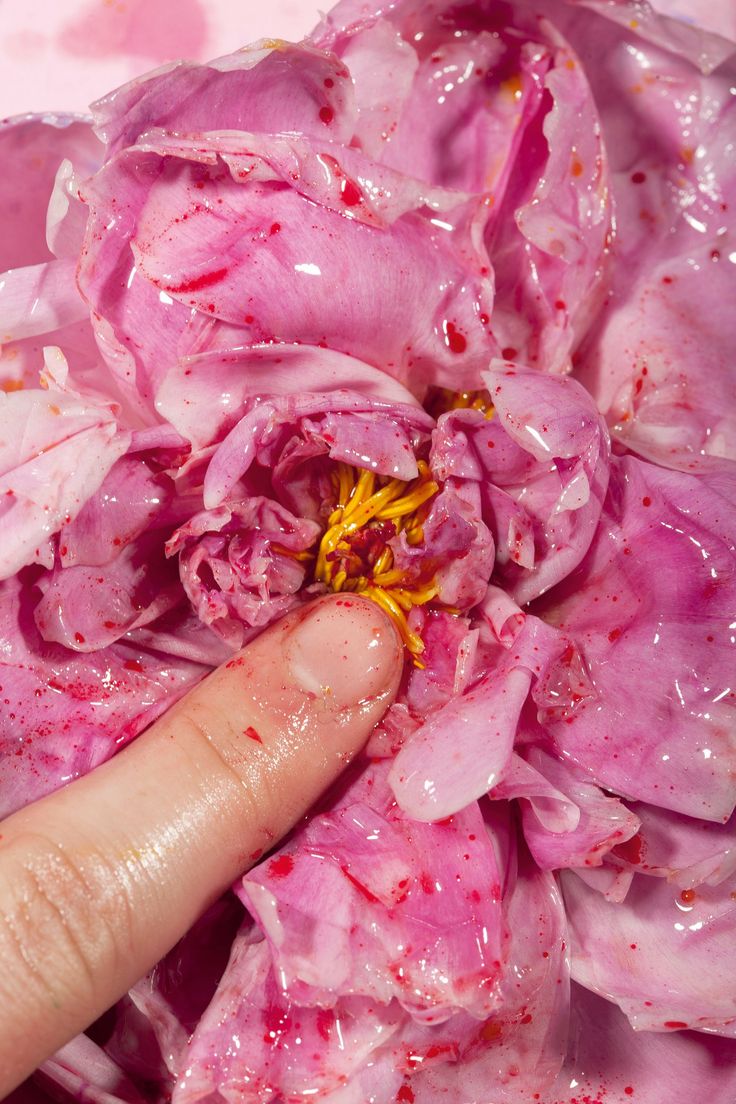

The follicular phase lasts about 7-14 days and continues up to ovulation. During this phase, the follicle-stimulating hormone (FSH) stimulates the growth of ovarian follicles, which, as they mature, begin to produce estrogen. The peak of estrogen that occurs during this phase brings about several changes in the body, including the thickening of the uterine lining to prepare for a possible pregnancy.
As for the skin, the increase in estrogen promotes elasticity, hydration, and radiance, while also boosting collagen production, the essential protein that keeps the skin firm and youthful. This is therefore a great time to give your skin a hydration and nourishment boost, using treatments that preserve its glow, such as Vitamin C and acids like BHA, AHA, or enzymatic peels (suitable for more sensitive skin).
Recommened by us:
- Sunday Riley, Good Genes Glycolic Acid Treatment
- Olehenriksen, Banana Bright Vitamin C Serum
- Comfort Zone, Skin Regimen Lx Enzyme Exfoliator
- Face D, Pure Glowy Vitamin A.C.E Complex

Skincare and Hormonal Phases: Ovulation

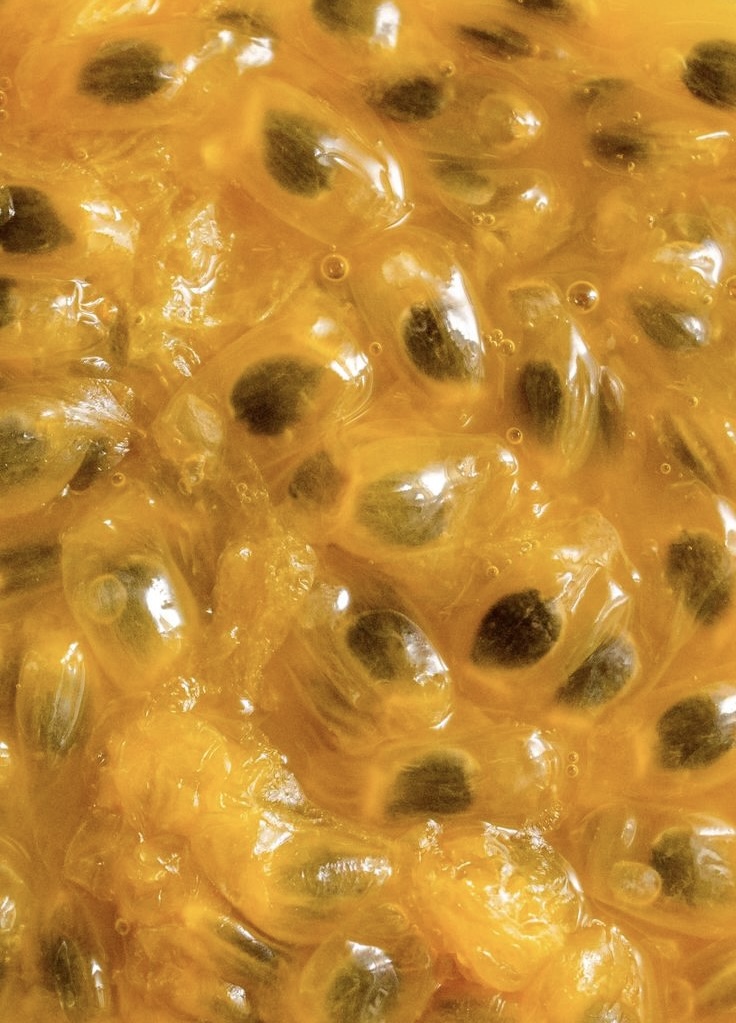
Of all four phases of the cycle, ovulation is the most “flourishing” period for women — both in terms of energy and health, as well as libido and skin. During ovulation, there is a peak in estrogen that stimulates the release of luteinizing hormone. The benefits of the estrogen increase seen during the follicular phase will now reach their peak, giving us healthy, plump, and glowing skin. Sebum production is under control, imperfections decrease, and hydration is on point.
Thanks to this overall sense of well-being, skincare doesn’t require particular adjustments or changes: continue alternating between nourishing and hydrating products, and use a gentle cleanser to preserve hydration and avoid the dreaded rebound effect.
Recommended by us:
- The Ordinary, Multi-Peptide + HA Serum – Anti-Aging Serum
- Byoma, Milky Moisture Cleanser – Soothing Cleanser
- Drunk Elephant, B-Hydra Intensive Hydration Serum
- Honieh, Rise & Shine Anti-Aging Mask with Hyaluronic Acid

Skincare and Hormonal Phases: Luteal Phase
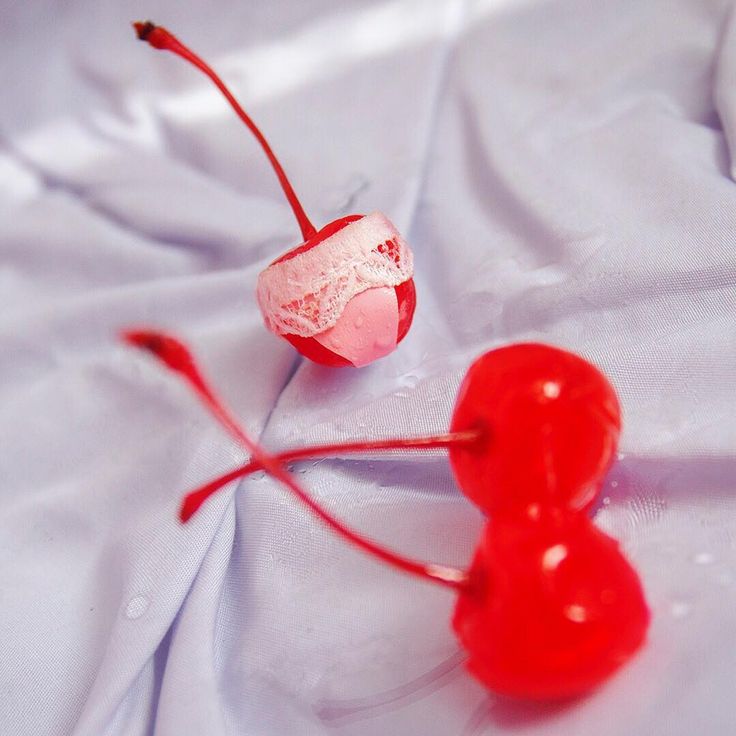

The final phase of the cycle is the luteal or luteinizing phase, during which the body prepares for either pregnancy or menstruation. If fertilization has occurred, this is the period when the body prepares to accept the embryo. The luteinizing hormone — which we mentioned earlier — causes the follicle to transform into the corpus luteum, producing progesterone, a hormone that prepares the endometrium for implantation of the fertilized egg.
This increase in progesterone, combined with rising testosterone levels and a decrease in estrogen levels, creates a hormonal imbalance that leads the skin to become oilier and more prone to impurities, with the appearance of acne, pimples, and blackheads due to increased sebum production.
For this reason, it is important to create a mini-routine specifically designed for this phase, including anti-imperfection products, oil-control treatments, and detoxifying and astringent actions, with ingredients like salicylic acid, certain fruit enzymes, niacinamide, and azelaic acid. However, be careful not to overdo the purifying products, as this can backfire. Overuse can disrupt the skin’s barrier and further inflame the skin. Always pair purifying products with soothing ones and avoid dry-textured formulas (like clay) or foaming cleansers, which can be too harsh and lead to rebound effects, increasing sebum production even more.
Recommended by us:
- Paula’s Choice, 10% Azelaic Booster
- Caudalie, Vinopure Purifying Mask
- La Roche-Posay, Cicaplast B5 Baume
- The Inkey List, Salicylic Acid Cleanser



